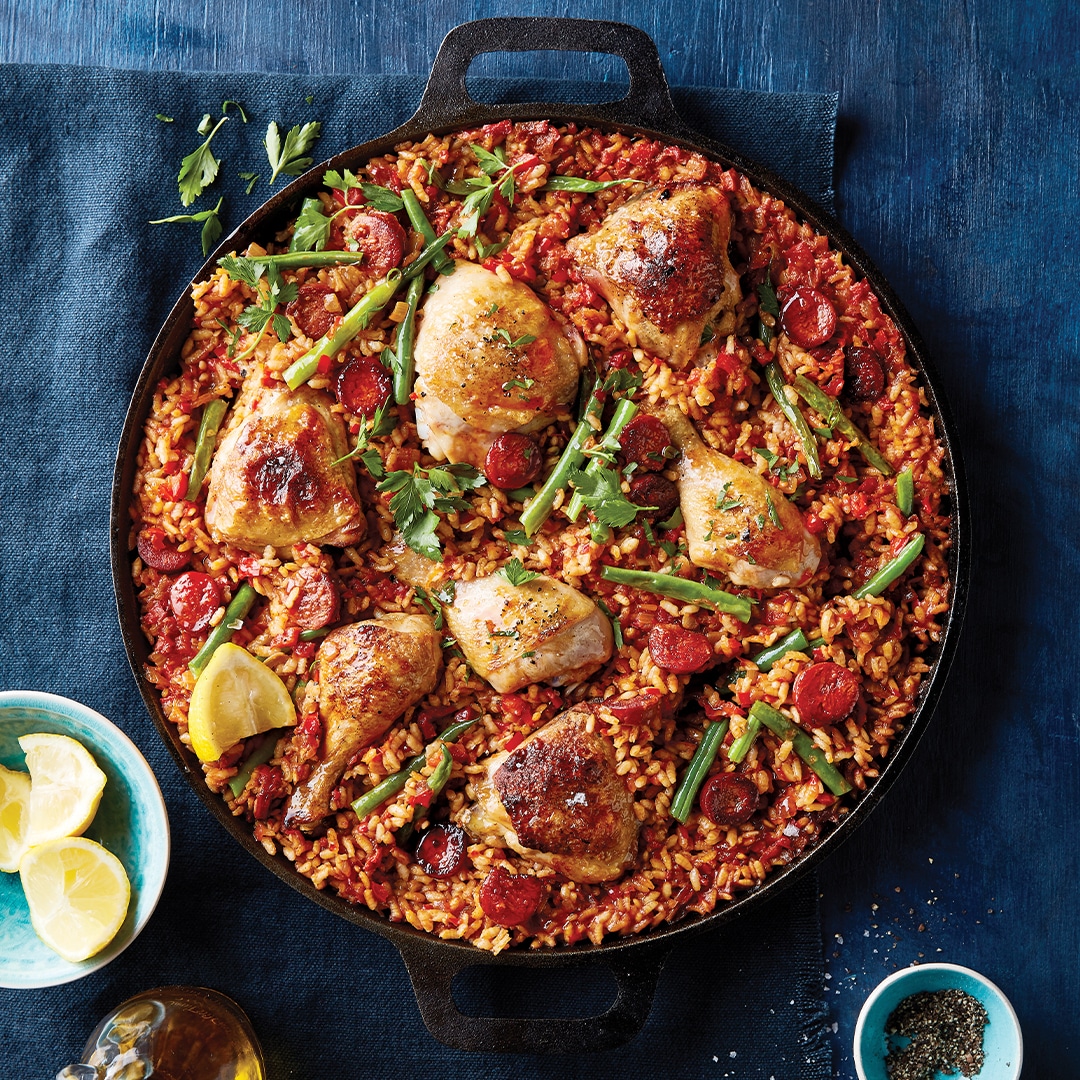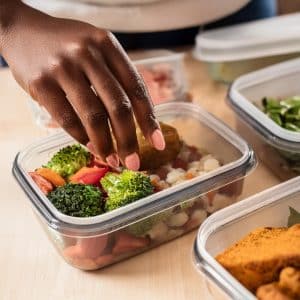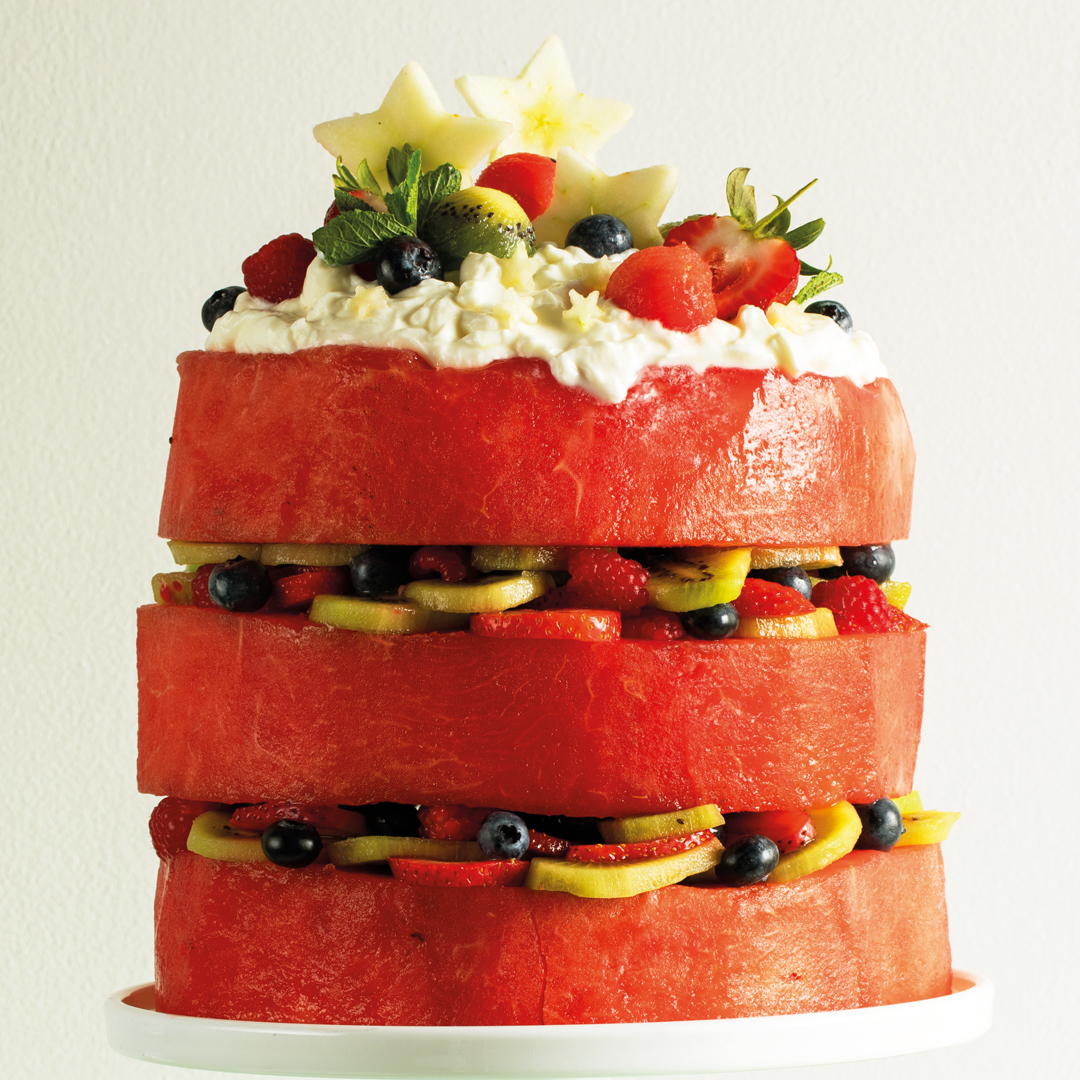From the sofrito that forms the flavour base to the socarrat that results in the end, Liezl Vermeulen shares the secrets she learnt in Spain to making paella. Buen provecho!
Paella pointers, tips and lingo
Everything you need to know to make an authentic paella so good, a Spaniard would delight and indulge in it!
The Base-ics
An authentic paella always starts with sofrito – a blend of onion, peppers, garlic and grated tomato (remember, fresh is best) that is sautéed over a low heat to form the base of your dish.
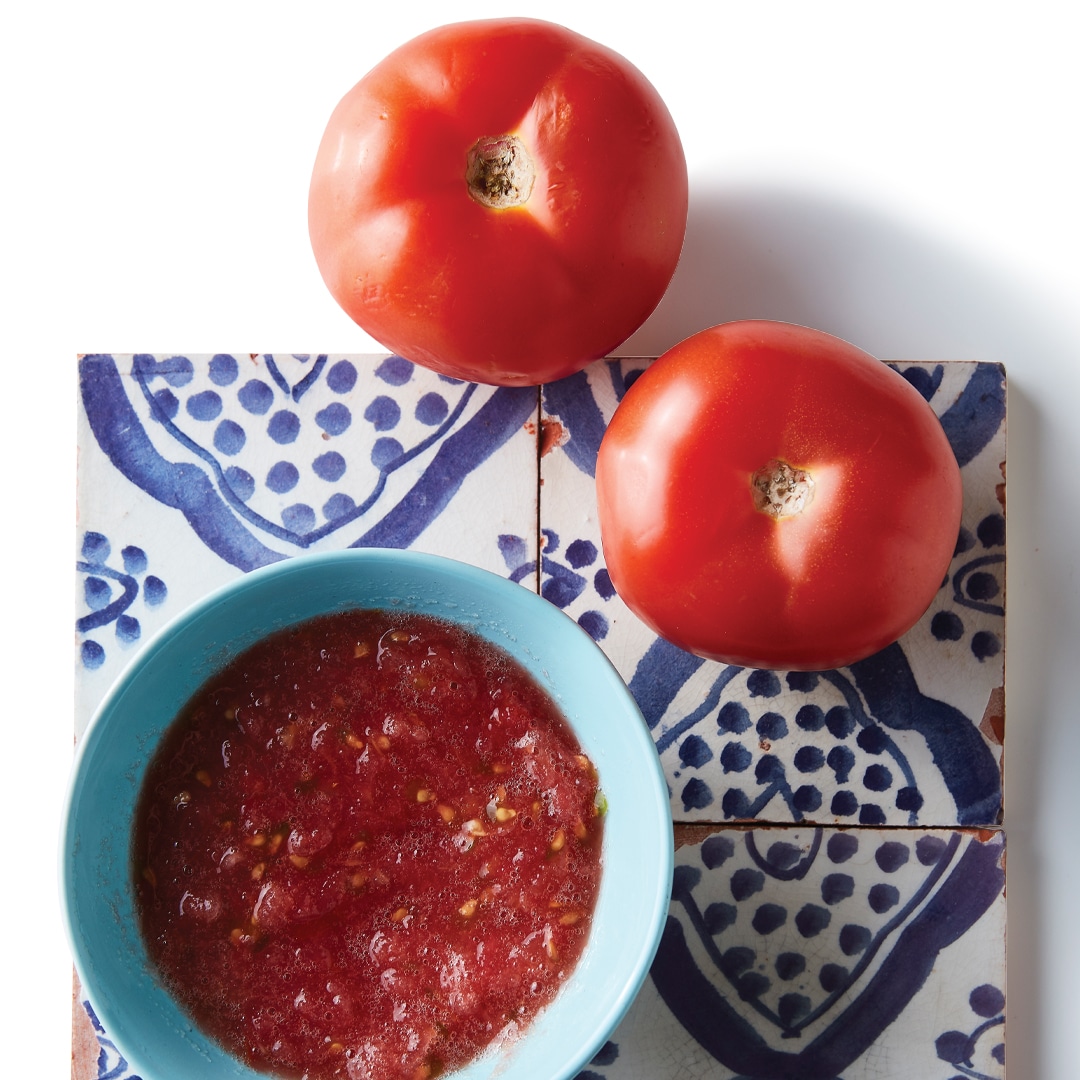
Also read: 3 Delicious Paella Dishes to Make in Under an Hour
Red hot
Saffron
Why are these little crimson flower stigmas so expensive (more expensive in weight than gold, in fact)? Since the crops are small, each flower only produces three strands and can only be hand-picked at certain times of the day. Take the plunge if you can afford it because a little goes a long way in adding great flavour.
Smoked Paprika
There are three different types of peppers that can be used to make smoked paprika – sweet, hot (or spicy) and bitter-sweet. True Spanish paprika, pimentón de la vera, is dried by smoking paprika over an oak fire for up to three days. It has an earthy, smoky depth of flavour that is unmatched. Regular or plain paprika is sun-dried.
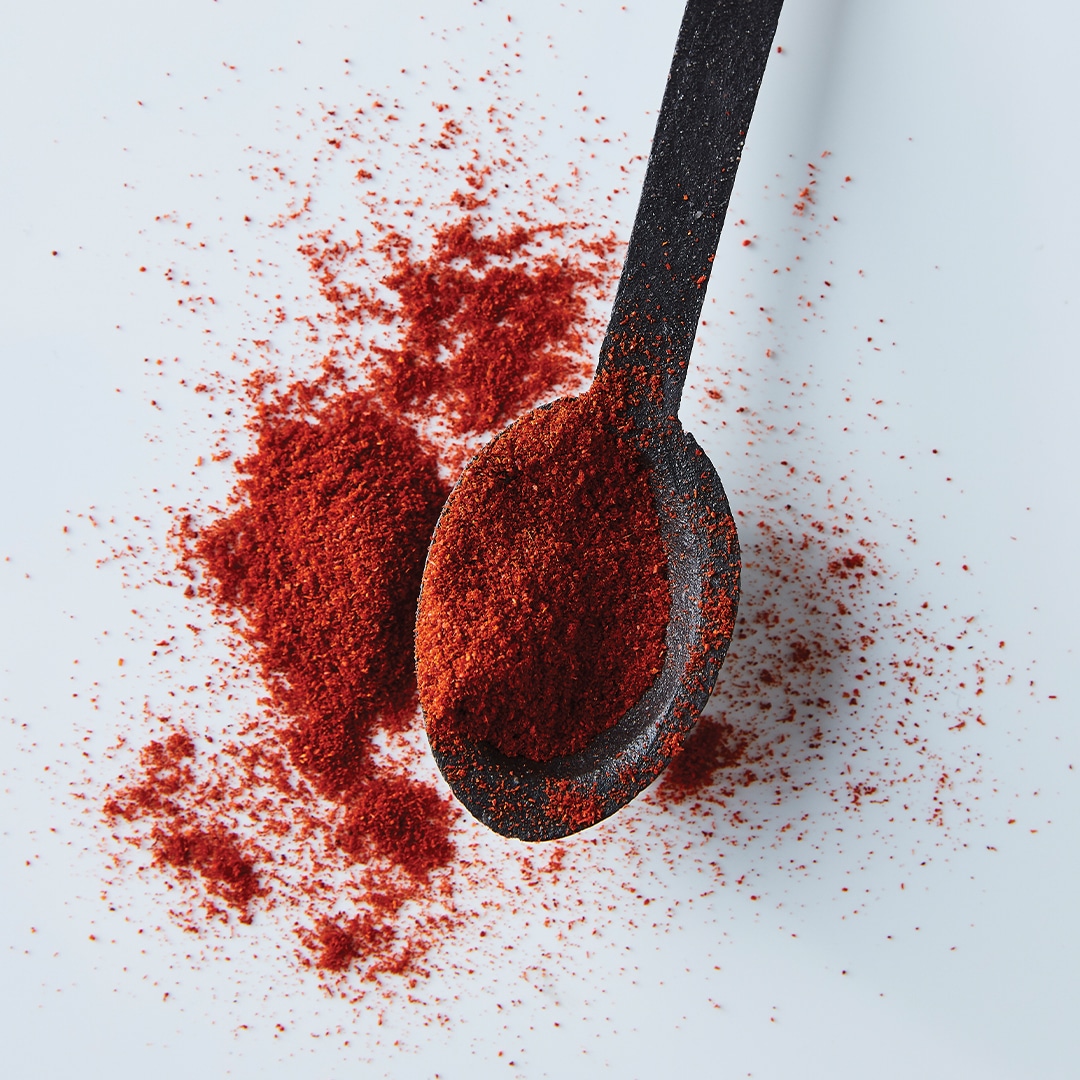
Paella 101
Must-haves
– Rice: The best rice to use (that can be found locally) is arborio or risotto rice.
– Good-quality stock: It makes all the difference. We used a liquid stock concentrate.
– Smoked paprika: Invest in smoked paprika for an authentic, smoky flavour.
Nice-to-haves
– Saffron: 3-4 strands are all you’ll need. Mix with warm stock to extract the most flavour. Can’t find it? Simply omit from the recipe.
– Paella pan: What makes a paella pan great is its size. Don’t have one? Use the biggest pan you can find or divide rice and stock between two pans to make sure your rice isn’t stacked higher than 2cm.
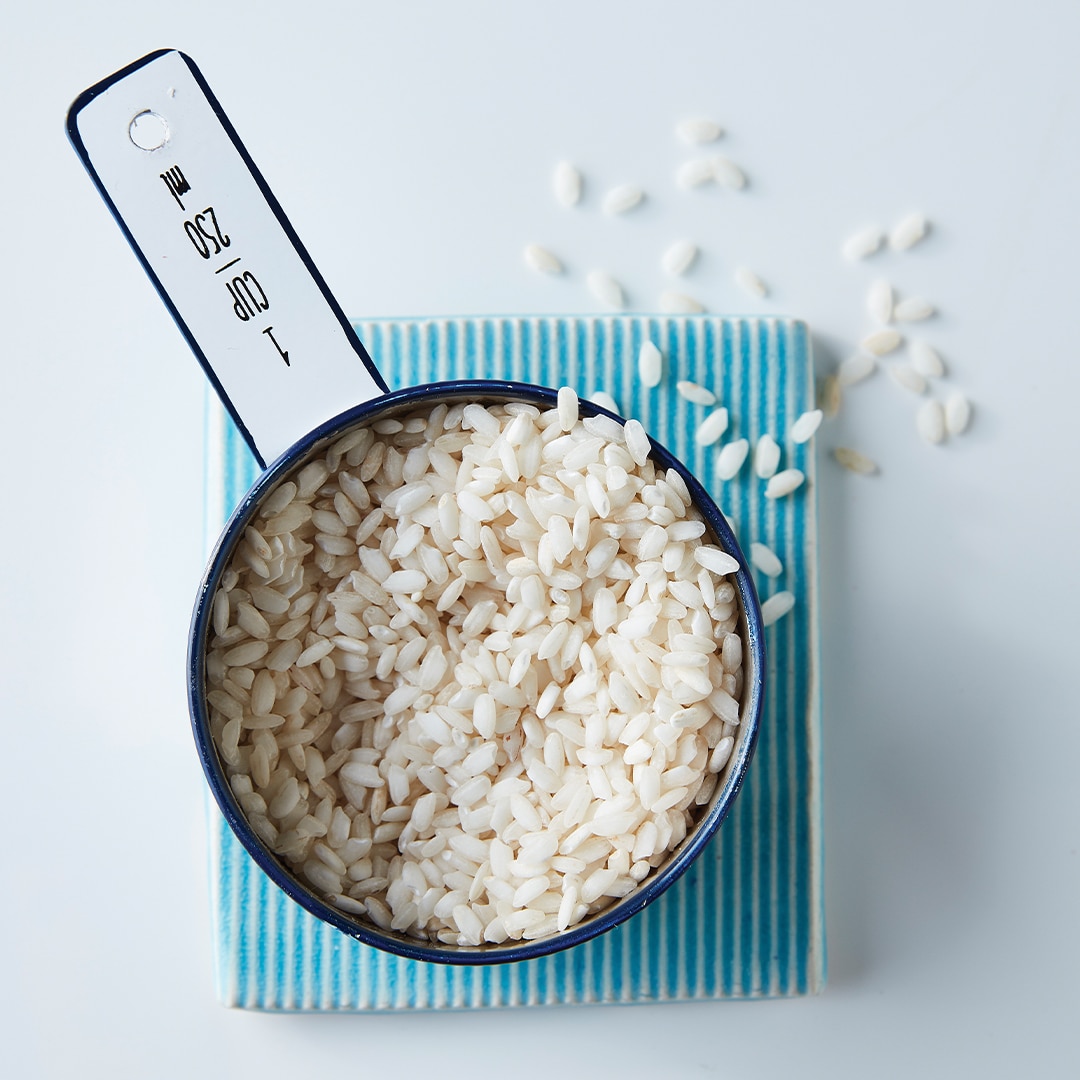
The All-important socarrat
The tell-tale sign of a good paella is the socarrat – the crispy rice layer that forms on the bottom of the pan. It develops when the starch in the rice and meat juices are reduced and is described as the tastiest part of a paella, so be sure to dish up those pan scrapings.
Did you know?
Paella is pronounced “pa-ey-ya”. (In Spanish, a double L is pronounced as a ‘y’.)
Recipes and styling: Liezl Vermeulen
Photographs: Fresh Living Magazine
Also read: South African almost-paella recipe

